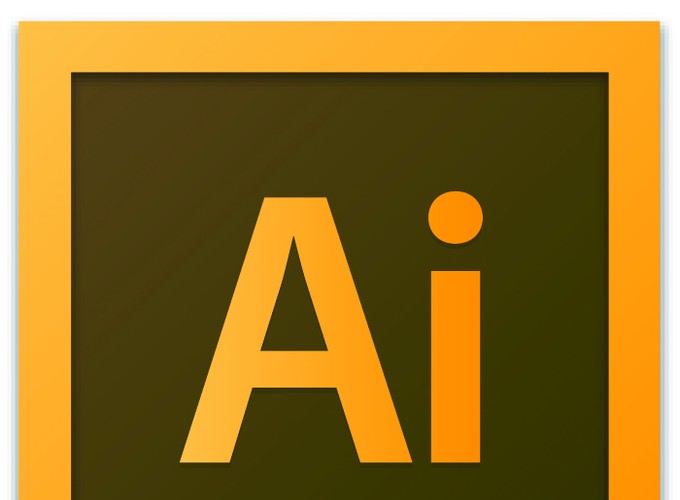Overview
Several times a year, I instruct an Adobe Illustrator course with the needs of scientists specifically in mind. Course materials can be found in the downloads. An approximate schedule is also provided below.
Tutorial Downloads
- Adobe Illustrator - CC - MacOS cheat sheet
- Adobe Illustrator - CC - Windows cheat sheet
- Examples.zip
- Poster.zip
Workshop Schedule
Session 1: Basics
1: Using the workspace (10 minutes) – 10:00am – 10:10am
Exploring the interface
Setting up an artboard
Opening a file (embedding and linking)
Zooming and scrolling
Tools (arrows, anchor points)
Shortcuts
2: Learning essential skills (10 minutes) – 10:10am-10:20am
Using the shape tools
Repositioning and resizing shapes
The Transform panel
Entering exact dimensions
Cutting and pasting objects
Using clipping masks
Pathfinder
3: Colors (10 minutes) – 10:20am-10:30am
RGB vs CYMK
Line weights
Changing colors
Using color picker
Choosing color palettes (online)
4: Adding and formatting text (15 minutes) – 10:30am-10:45am
Formatting text
Paragraph formatting
Using paragraph and character styles
Editing styles
Putting text on a path
Warping text
Putting text in a shape
Creating outlines
Checking spelling
Using Find and Replace
5: The Layout (5 minutes) – 10:45am-10:50am
Aligning and Grouping
Arrange (Front back)
BREAK (10 minutes)
6: Importing different kind of data (10 minutes) – 11:00am-11:10am
Deconstruction of given AI file
Exercise (30 minutes) – 11:10am-11:40am
Build a poster with our files (Dropbox)
7: Saving (10 minutes) – 11:40am-11:50am
Saving
Exporting
Linking files
Session 2: Advanced
1: Using drawing tools
1a: Using the Line and Pencil tools (10 minutes) – 10:00am-10:10am
Working with Image Trace
Using the pencil tool
Using the smooth tool
1b: Understanding the Pen tool (15 minutes) – 10:00am-10:15am
Straight, curved and hinged lines
Editing existing paths
Adding and removing points
Cutting and joining paths
1c: Creating a brush (5 minutes) – 10:15am-10:20am
Exercise: Trace something [receptor, brain, etc.] (15 minutes) – End at 10:35am
Locking layers
Adding transparency
2: Additional color options (15 minutes) – 10:35am-10:50am
Adding a gradients
Using the Gradient panel
(Mesh tool)
BREAK (10 minutes) – 10:50am-11:00am
Exercise:
Examples from science
Exercise: discuss how to re-make an image in groups
Useful resources
Libraries of graphics:
https://reactome.org/icon-lib
https://www.flaticon.com
http://ian.umces.edu/imagelibrary/index-42.html
Color palette resources:
Visual review of color theory in design:
https://www.websiteplanet.com/blog/color-matters-reasons-color-choose-logo-important/
Suggested font sizes for academic posters:
Title (top, centered): 85pt (45-130pt range)
Author line (second line, centered): 36-44pt font
Body text: 24-34pt font
